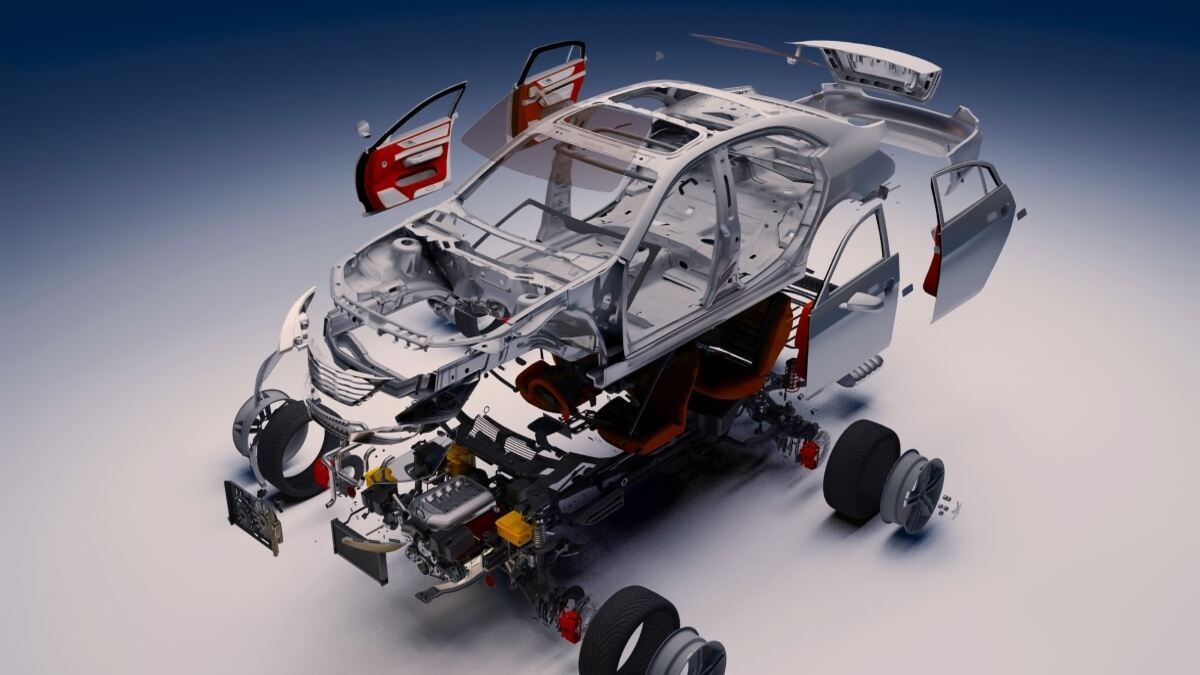In previous articles we’ve discussed a few times the importance of why you should order only OEM parts for your Toyota. The problem lies with aftermarket parts that are not of the same quality or an exact fit as an OEM part. The problem also lies with look-alike counterfeit parts that might work temporarily but tend to fail because of poor materials used in their manufacture or just do not offer the same level of performance as the original part needs to.
Another problem with ordering a non-OEM part for your vehicle---even from a trusted aftermarket performance parts source---is that the “performance” may not be as good (or even too good) for the application.
Oil pumps are a good example. Many are specially designed to provide a specific level of oil pressure to ensure that an engine is lubricated properly. Not maintaining the correct oil pressure is a sure way to cause a wide range of engine problems with both too little oil and too much oil circulating around in an engine.
Toyota Prius Mystery Repair Problem
The other side of the OEM/non-OEM parts coin, however, is that when ordering OEM parts for your Toyota, you have to be certain that you have ordered EXACTLY the correct replacement OEM part. The problem is that some versions of the same part look surprisingly alike but have slight differences in how they operate that can affect how your car runs.
Related article: Everything You Need To Know About Saving Money Buying Toyota and Lexus Parts
This is a good lesson demonstrated in a recent Toyota Maintenance YouTube channel episode where the host discusses a 2010 Toyota Prius repair mystery problem where the Prius traction system kicks in occasionally during sharp U-turns that essentially locks up the steering system.
Despite early repair attempts at the problem, only after the host re-contacted the owner of the Prius about previous problems or repairs that were done before the U-turn problem occurred was the host able to zero-in on the source of all the trouble: The owner had ordered the wrong OEM part for his Toyota and handed it over to a non-Toyota mechanic to install.
OEM Part Warning
The interesting and useful need-to-know lesson is that simply looking up a part with the assumed correct part number is not good enough. In fact, what you have to do is enter your VIN into the parts catalog search to absolutely be sure which is the correct part to order.
If you look closely at the video where the host shows how the Prius owner looked up his OEM replacement part online you will see that both the incorrect part version and the correct part version carry the same “Exact fit for your 2010 Prius” message that can lead to ordering confusion.
In this example, what the owner did not realize is that both parts were the correct part for a Prius…but different models of Prius. Unfortunately, the owner chose the wrong part for his model and that’s why he had his U-turn problems while driving.
Here’s the video that is well worth watching and reinforcing the message of what you need to do when ordering OEM parts for your car.
Extra Help for Prius Readers/Owners
Plus, if your Prius experiences a U-turn shudder problem, here is an informative Prius Chat conversation that addresses the Prius traction control system referred to in the video.
Car Owner Made a $1400 Mistake! PLEASE Don't Do This Mistake and Know Before you Buy!
For an additional articles about the Toyota Prius, are a few articles for your consideration:
- Toyota Prius Leaking Hybrid Battery Mystery
- Don’t Make This Prius Purchasing Mistake
- 2024 Toyota Prius Overview Reveal by Toyota
Timothy Boyer is an automotive reporter based in Cincinnati. Experienced with early car restorations, he regularly restores older vehicles with engine modifications for improved performance. Follow Tim on “Zen and the Art of DIY Car Repair” website, the Zen Mechanic blog and on Twitter at @TimBoyerWrites and Facebook for daily news and topics related to new and used cars and trucks.
COMING UP NEXT: Best SUV and Truck Tires of 2023 for All Season and Snow Driving Conditions
Image source: Deposit Photos





